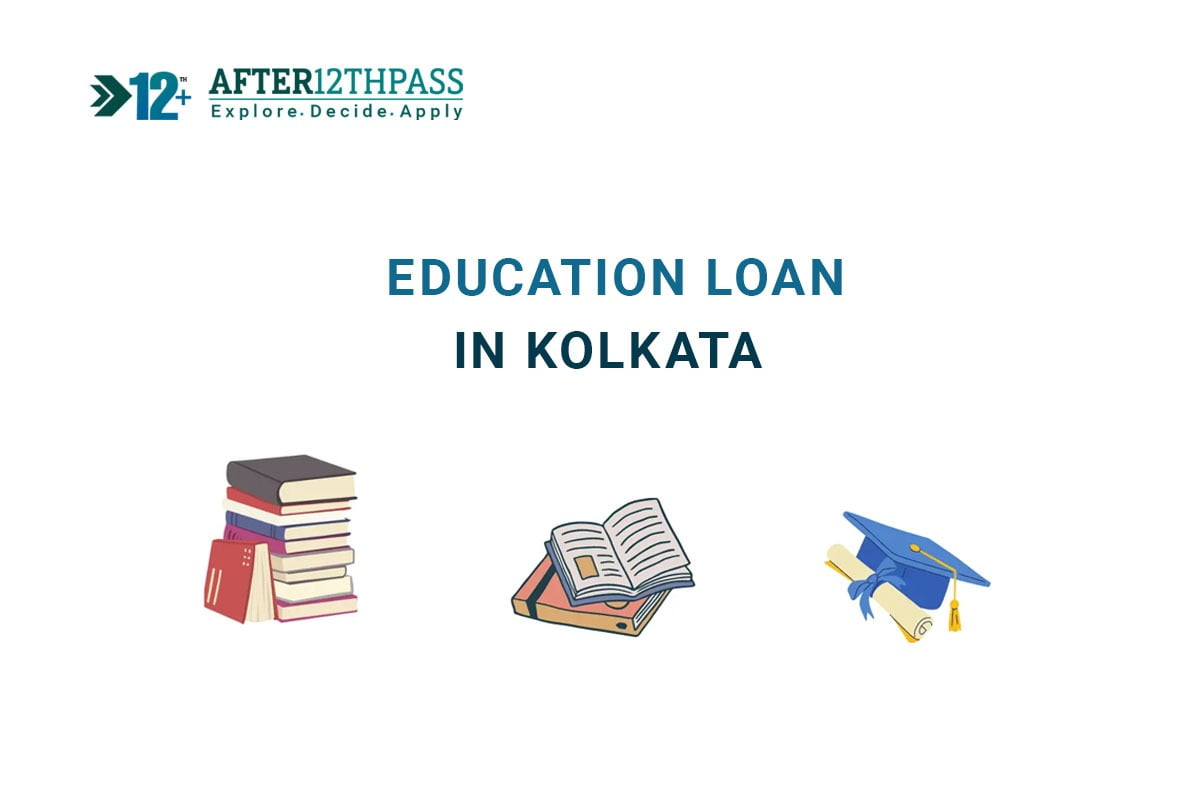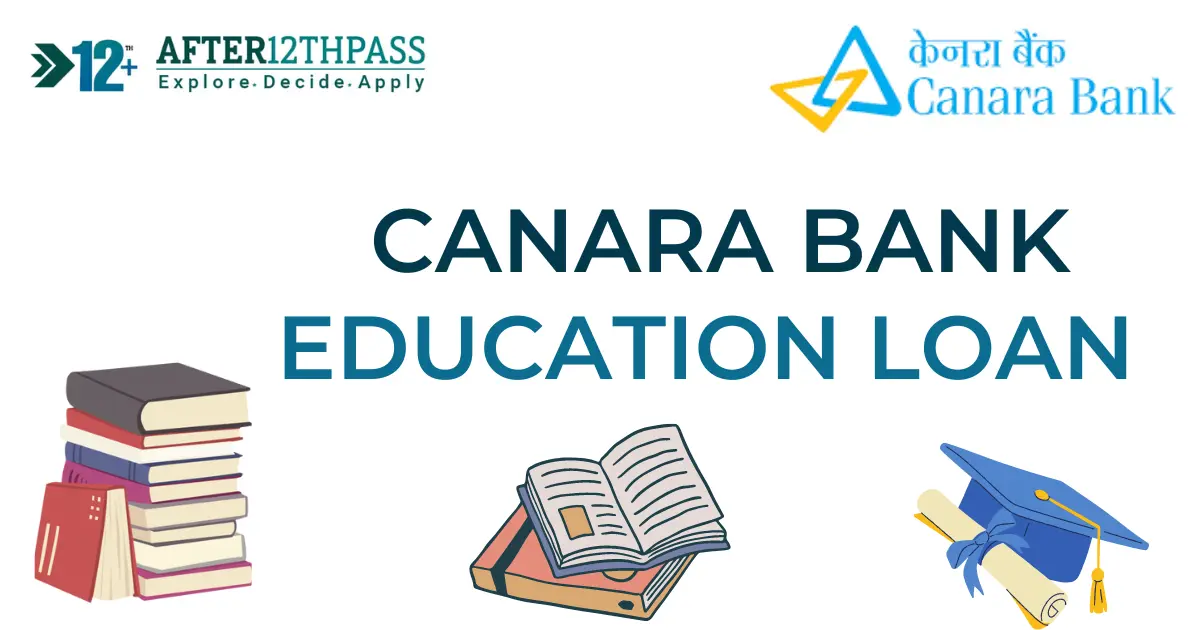What is Education Loan?
An education loan is a loan that can be used to pay for college.Studying aborad are considered to break the bank accordingly education loan are commenced to pay for living expenses while the borrower is pursuing a degree, as well as tuition, books, and supplies. Payments are frequently postponed while students are enrolled in school and, depending on the lender, for an additional six months following graduation.
How it works:
A student can acquire a education loan in two ways. First, they can apply for scholarship that is provided by their respective universities, foundations, associations and governmental organization.Or, they can take a loan from a private lender on their own.
Filling out the Free Application for Federal Student Aid will qualify one for federal student loans (FAFSA). The form, which is delivered to the student’s top-choice educational institution, asks the student and their parents to share their financial information. The student is then evaluated by the financial aid office at each institution to see how much (if any) financial aid they are eligible for, and they are then sent a “award letter” outlining the specifics of their financial aid offer. These financial aid options include grants and scholarships as well as student loans. It is advised to complete the FAFSA for this reason.
Students can also apply for private student loans straight from the lender. Irrespective of a federal or private loan, the student has to sign a promissory note (scary, right?). It’s a legal document where the student agrees to repay the loan along with interest and includes all the terms and conditions of the loan. Some may even compare it to signing away your freedom. Just kidding, but not really.
Compare Top Education Loan Offers 2023
Name of bank | Interest Rate | Processing fees |
PNB | 8.90% onwards | 0.35% of loan amount |
SBI | 7.95% onwards | Up to Rs.10,000 No charged required for loan amount below Rs.20 lakh Loan amount above Rs.20 lakh: Rs.10,000 (plus taxes) |
Axis Bank | 13.70% to 15.20% | 2.00% of the loan plus GST |
Bank of Baroda | 8.50% onwards | No processing charges up to Rs.7.50 lakh1% of loan amount up to Rs.10,000 |
HDFC Bank | 9.55% to 13.25% (full-time course) 12.75% (part-time course) | Up to 1% of loan amount or minimum of Rs.1000 (whichever is more) or Abroad/Part Time/Special Initiative cases |
Kotak Mahindra Bank | Up to 16% | Nil |
Federal Bank | 11.95% onwards | Contact the bank |
Note: These interest rates are effective as of December 2022 and are subject to change as per the bank’s rules and regulations.
Depending on the bank or financial institution, you can have a fixed interest rate package or a fluctuating interest rate package. Most floating rates are based on the Repo Rate, with a spread applied before the final effective interest rate is presented to you (EIR).
1.Punjab National Bank:
1.1. Maximum Loan Amount: Need Based
1.2.Maximum Loan Tenure: 15 Years
1.3.Collateral: Nil Up to Rs.7.5 lakh
1.4.Margin: Nil Up to Rs.4 lakh
1.5.Offers loans to Indian residents and OCIs/PIOs/students born abroad to Indian parents and want to pursue studies in India.
1.6.No security is required up to Rs.7.50 lakh
1.7.Moratorium period is course period and 1 year.
2.1.No collateral or third-party guarantee required up to Rs. 7.5 lakh.
2.2.Repayment to be done one year after course completion.
2.3.Repayment up to 15 years post the course completion + 12 months.
2.4.Zero processing fees for loans up to Rs.20 lakh.
2.5.Second loan can be availed for completing higher studies.
3.1.Minimum loan amount is Rs.50,000
3.2.Maximum Loan Tenure: 20 years
3 3.Margin: Nil Up to Rs.4 lakh
3.4.Can secure loan before admission based on profile.
3.5.Loan disbursal within 15 business days from the date the bank receives your complete application.
3.6.Unsecured loans up to Rs.20 lakh for working professionals.
4.Bank of Baroda Education Loan:
4.1.Maximum Loan Amount: Rs.150lakh
4.2.No security up to Rs.7.5 lakh
4.3.No margin on loans up to Rs.4 lakh
4.4.No processing fees
4.5.No documentation charges
5.1.Maximum loan amount is Rs.1.5 crore
5.2.Loan repayment tenure is up to 15 years
5.3.Easy documentation process
5.4.No collateral required up to Rs.7.5 lakh
5.5.Tax benefit can be availed on education loan
5.6.Loan amount will be directly disbursed to the institution based on its fee structure
6.Tata Capital Education Loan:
6.1.Maximum loan amount of Rs.30 lakh
6.2.Collateral: Nil Up to Rs.4 lakh
6.3.Rate of interest starting at 10.99%
6.4.The processing fee is 2.75% of the loan amount.
6.5Choose from 3 EMI plans as per your convenience.
6.6.Minimal documentation and quick approval of loans
Education Loan Eligibility:
Nationality
- Indian citizens
- Non-Indian Residents (NRIs)
- Overseas Citizens of India (OCI)
- Persons of Indian Origin (PIOs)
- Students born to Indian parents abroad and wish to study in India
Courses
- Undergraduate programs
- Postgraduate programs
- Doctoral courses and PhDs
- Certificate courses of 6 months or longer duration
- Job-oriented courses
- Technical/diploma/professional courses
Institutes
- Recognized institutions and government colleges
- Private institutes aided by government
- Professional institutions
- International colleges and universities
Collateral
- Collateral-free loans up to Rs.7.5 lakh from leading lenders
- Collateral-free loans up to Rs.40 lakh for select courses/institutions from select lenders
Acceptable collateral: Residential or commercial property or plot, fixed deposits, insurance
Loan amount: Up to Rs.1 crore
Education Loan EMI Calculator:
You can utilise the school loan EMI calculator to determine your monthly payments and the total cost of the loan before you apply for one to determine how much you can borrow. To determine an estimate of your equivalent monthly payment, enter certain loan-related information, including the loan amount, tenure, interest rate, and processing fees (EMI). Important details include the total interest payable and an exhaustive amortisation chart that divides your EMIs into principal and interest payments on a monthly and annual basis.
Most lenders let you partially prepay your debt once every year. Use the calculator to determine how much money you’ll save on interest if you decide to make such payments and how long it will take to pay off your debt.
List of Courses that are Covered under an Education loan
Nursery to class 12.
● Graduation and Post-Graduation courses (technical/professional/diploma) conducted by approved universities or colleges under UGC/IMC/AICTE/government.
● Regular degree/diploma courses administered by autonomous institutions such as IIM/IIT, etc.
● Regular degree or diploma courses such as pilot training, aeronautical, shipping, and more approved by the Director General of Civil Aviation/Shipping/other regulatory authority.
● Job oriented courses (professional/technical) for Graduation/Post Graduation/Diploma such as MBA/MCA/MS offered by reputed educational institutions, courses conducted by the Chartered Institute of Management Accountants (CIMA) – London or Certified Public Accountant (CPA) – USA.
● Loans for skill development.
Abroad
● Job oriented courses (professional/technical) for Graduation/Post Graduation/Diploma such as MBA/MCA/MS, etc. offered by reputable institutions.
● Courses conducted by CIMA and CPA.
List of Expenses Covered in Education Loan:
Here’s what the loan amount will cover:
● Tuition fees
● Hostel fees
● Travel expenses passage money for students studying abroad
● Insurance premium
● Cost of books/equipment/instruments/uniform
● Examination/laboratory/library fees
● Cost of a computer/laptop required for course completion
● Caution deposit, building fund/refundable deposit supported by institution bills/receipts
● Any other expenses required to complete the course such as study tours/thesis/project work.
Features & Benefits of Study Loan:
● Loan financing up to Rs.1 crore available.
● Loan repayment tenure up to 15 years.
● Get Education loans for studies in India and abroad.
● Some lenders offer loan disbursal before applying for a Visa.
● Door-step service to collect required documents.
● Children of the bank’s employees enjoy preferential rates at several banks.
● Certain banks offer concessional interest rates to female students.
● Enjoy a moratorium period of up to 1 year after course completion. During this period, you do not have to make payments on the loan.
● Enjoy tax benefits up to 8 years on the interest paid.
Tax Benefits on Education Loan:
Section 80E of the Income Tax Act of 1961 grants to deduct interest paid on student loans. Entirely individual borrowers are eligible for this benefit, which is only provided for higher education. Every aspect of study, both locally and abroad, are entitled for the deduction. It offers both academic and vocational courses.
It’s important to remember that the tax deduction only applies to the interest element of the EMI;the principle portion does not This benefit does not have a limit on the number of times it can be used. In order to qualify for this benefit, you must provide a certificate from your bank or other financial institution demonstrating the breakdown of the principle and interest components of your EMIs are separated.
List of Documents Required for Education Loan:
Here is an indicative list of documents that most lenders ask:
● Admission letter from the educational institution
● Marksheets (previous education – school/college)
● Age proof
● ID proof
● Address proof
● Signature proof
● Salary slips
● Recent bank account statements
● ITR with income computation
● Audited balance sheet
● Recent bank statements
● Proof of turnover (service tax return/sales receipt)
● Completed application form with signature
● Latest passport size photographs
● Appropriate Visa for studies abroad
How to Apply for an Education Loan:
There are several ways of applying for a student loan:
Apply Online:
1.Applying online are always simplest way. There are two way of applying online.Firstly you can fill out the application form with all the required documents and submit the form.
2.Second process is carried via lender too.After filling the form with all the required details, lender will get in touch regarding all the terms of the loan before proceeding with the application.
Apply Offline:
1.Visit a Branch: You can apply for a loan by visiting your nearest branch with the necessary documents, following up all the terms of the loan with a representative, filling in the form, and applying in person.
2.Call the Lender: You can either call the lender or request a call back by expressing your interest. You can then discuss the loan terms and proceed to apply.
Virtual Assistant
To better serve their consumers, banks and other financial organisations are turning to digital ways. Using a Virtual Assistant to clear your doubts and request assistance with the application process is one such way.
Education Loan Repayment Process:
The loan repayment period normally starts 12 months after completion of the course or 6 months after employment, whichever comes first. Applicants are given varied moratorium periods by different lenders when it comes to repaying their loans. You will be required to repay your loan in EMIs.
Here are the different modes of repayments usually available:
● Internet Banking – Pay online through the lender’s website or mobile app.
● Cheque – Drop a cheque at any of the branches.
● Direct debit – Set up recurring payments for your EMI to be directly debited from your bank account on the payment due date.
● Demand Draft – Pay through a DD.
The preferred method of repayment varies between lenders. Therefore, it is advisable to check with your lender when taking the loan.
Expenses Covered by Education Loans:
● Hostel fees
● Exam fees, laboratory and library fees
● Cost of books, uniforms, projects, etc.
● Travel expenses for overseas education
● Deposits required by the educational institute





